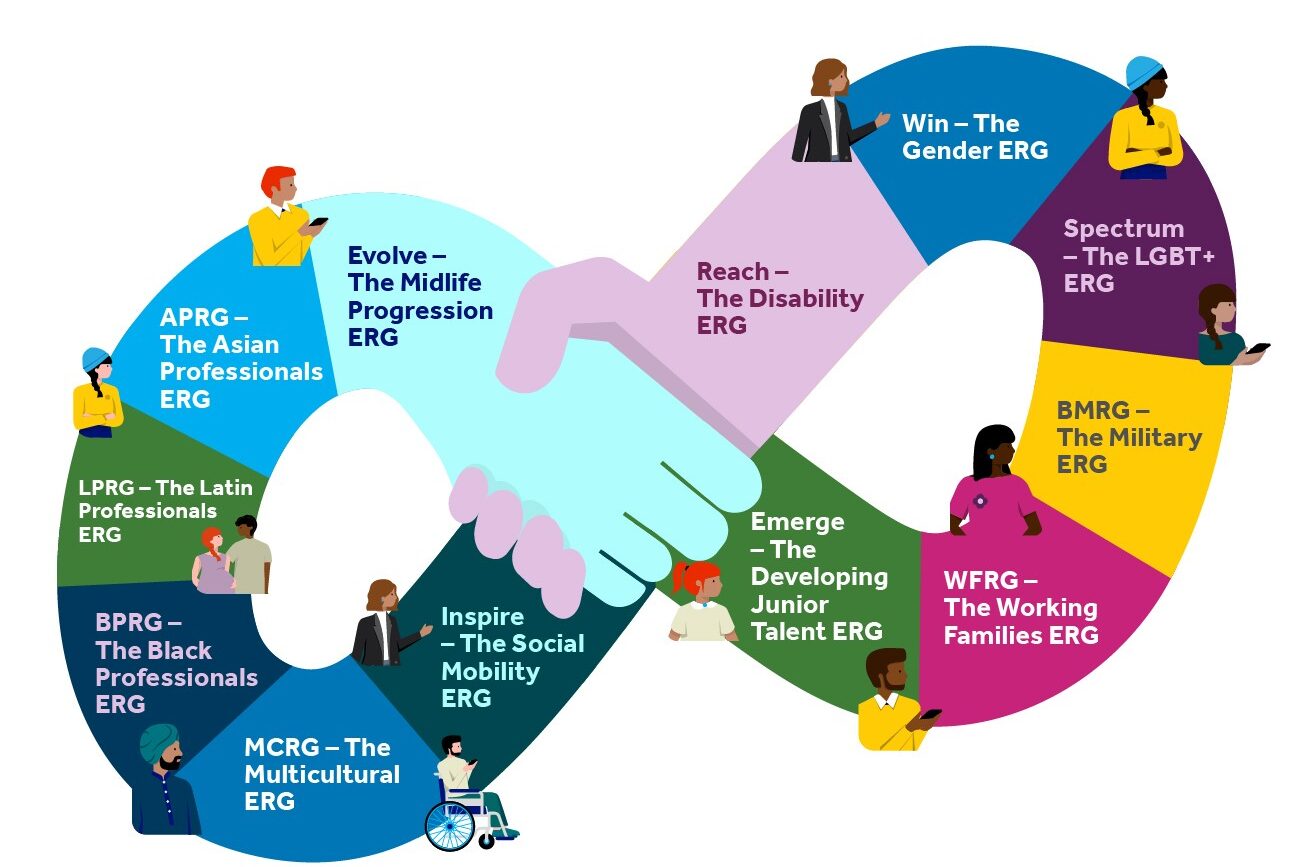Three Ways Companies Can Support ERGs This Black History Month

Employee resource groups (ERGs) are a powerful force behind many organizations. According to a report, 90% of Fortune 500 companies have implemented ERGs into their workforce to help support their wider DEI strategy.
As a result, these groups – which employees often lead – have become essential to helping businesses stay on top of their DEI commitments.
Black History Month can be a reflective time for organizations to look inwardly and examine their DEI strategy for the year ahead. To support HR teams and leaders seeking to learn more about ERGs, McLean & Company have put together a research-backed three-step process to make it easier for leaders to build an inclusive work environment.

“Employee resource groups contribute to employee engagement, recruitment, retention, and a sense of belonging,” said LynnAnn Brewer, director of HR Research at McLean and Company, in an online statement.
“Organizations seeking to improve in any of these areas have a vested interest in ensuring ERGs have support from both leadership and HR.”
Understand the current state of ERGs
According to McLean & Company, the first step is understanding the many different ERGs within your organization. This could be done by reviewing the current ERGs and designing a structure, tools, and processes to help them grow.
It will be necessary to assess HR’s role in creating a pathway for them to thrive.
Create structure, processes, and tools to support ERGs
Step two involves finalizing a guidance system – a governance framework – to communicate to ERGs. This may include establishing a formal application process to share with the groups and outlining executive sponsor roles and any expectations.
Additionally, devising a plan to support ERGs best may involve preparing resource guidelines, curating tools, and making all resources available for ERGs.
Establish metrics and plan for sustainment
Finally, McLean & Company advise organizations to establish ERG metrics that will help them track and monitor progress. This method of measuring will also make it easier for corporate leaders to identify opportunities for HR to provide ongoing support to ERGs.
It will also be necessary when looking into the evolution of ERGs within the organization.



